|
We reached out to our World Wildlife Day Film Showcase filmmakers to ask them five questions about the experience of making their films.
What inspired this story? Director and Producer Mariah Wilson: In 2015, I completed a short documentary about rhino poaching (KAZIRANGA) and decided I wanted to take on directing a feature about poaching. But I wanted to find an aspect of the global poaching crisis that wasn’t being told by other filmmakers. I had seen a lot of good media coverage about the elephant poaching crisis in the eastern and southern regions of Africa – but that was mostly talking about savanna elephants. Those are the large and very iconic elephants that are in the open plains and grasslands across the continent. As I began to dig in further, I realized there was much less attention being paid to the plight of the forest elephants in Central Africa. Forest elephants are a very important sub-species; they help shape the forest ecosystem and are vital to its health and existence. But they seemed to be getting mostly ignored in news and documentary coverage at that time, and their population was - and still is - being hit really hard by poaching. We have lost approximately 60% of the African forest elephant population in the last ten years. Current estimates have their population at just 40,000 – down from over 200,000 at the turn of the century. These numbers are staggering. At the current rates of slaughter, they won’t be with us very much longer. I had already read about Sidonie Asseme, the female eco-guard in Cameroon, in a WWF newsletter. I realized she was working in the same area where these threatened forest elephants lived. Then I began reading about other bold conservation efforts in the area, like LAGA’s Wildlife Law Enforcement model and Arthur Sniegon’s sniffer dog team. I realized I wanted to tell the story of what was happening in this overlooked and under-resourced region of Africa. What impact do you hope this film will have? MW: My hope is that this documentary will shed light on the severity of the situation in central Africa, and how damaging the ivory trade is for all species -- humans included. I want audiences to leave Silent Forests with a realistic look at what its like to be on the frontlines of conservation in this region day to day… including the dangers, the rewards, the frustrations – and how good efforts are riddled with challenges from dishonest and inept government entities. One unique thing about this film is that three of the four main characters are from either Cameroon or Congo. So this isn't just a story about figures from the international conservationist community going to save Africa's wildlife. This is about African activists, scientists, and eco-guards and who care deeply about what is happening in their own backyards. The very nature of their work can oftentimes put them at odds with their fellow countrymen, and the risks they assume to protect the animals of the Congo Basin are significant. A way in which I hope SILENT FORESTS will help to transform discourse around the subject of poaching is through telling the story of someone who used to be involved in the ivory trade. I think that the viewpoint of a person who has been on the poaching side will bring nuance to an issue that is normally seen as very black-and-white. Former poacher Jean Paul’s story will hopefully allow viewers to see that those at the bottom level of this criminal trade are not just terrible people who have a bloodlust for slaughtering elephants, but that they are driven to commit an extreme and awful act by grinding and endemic poverty. The regret expressed by Jean Paul represents an often-unheard perspective, and his anti-poaching “support” group highlights one unique solution to the problem of poaching – rehabilitating former poachers by offering them alternate forms of income, and getting them involved on the anti-poaching side with financial incentives. The eventual goal of this project is to invoke a sense of urgency about the plight of the forest elephant, and to show the root causes that keep poaching as problematic as it currently is in Africa -- poverty and corruption. My desire is for SILENT FORESTS to educate the public about this overlooked elephant subspecies, and engage audiences to support groups dedicated to ending the forest elephant poaching epidemic before it’s too late. Describe some of the challenges faced while making this film. MW: It was incredibly hard to film the forest elephants at all! It may sound strange, since they are large animals, but the forest is so dense that they are able to hide very well amongst the trees. They are only really visible in the clearings, where they go to drink water. But our first two shoots were in Southeast Cameroon, where the forest elephant population has been exceptionally hard hit. In general, the estimates are that the entire population of forest elephants has dropped over 60% in the last decade - but in Southeast Cameroon it might be closer to 75% gone. We saw signs of elephants on those first two shoots… their tracks, their dung… but we did not actually see a single forest elephant in Cameroon. The ones that were still there were increasingly wary about coming out into the clearings. It was really distressing – both from a conservation perspective, and a production perspective – I was starting to get nervous that we would never get footage of a forest elephant! Finally, on our third shoot in Congo-Brazzaville, we went out with an elephant biologist who studies the elephants at particular clearings. There, we finally were able to capture footage of them (at nighttime with an infrared camera). It was worth the wait – I think the scenes we got are some of the most magical and powerful in the whole film. But I would say that the difficulties we had filming the elephants in Cameroon and Congo-Brazzaville speak to the effect that poaching has had on their population across Central Africa. What drove you as a filmmaker to focus on biodiversity? My second documentary film called VOLUNTEER, and was about my eco-volunteering experiences in Uganda and Fiji in 2009. It was through those eco-volunteer trips that I began to learn about the uptick in endangered species trafficking around the world. Motivated to do something, my focus in documentaries turned towards wildlife conservation, and our global poaching epidemic. In 2015 I formed House Tiger Productions to consolidate my work on projects that highlight anti-poaching activism -- particularly in areas that don’t receive as much news coverage. I wanted to raise audience awareness about lesser-known vulnerable species – like northeast India’s one-horned rhino, featured in my short doc KAZIRANGA and Central Africa’s forest elephant, featured in SILENT FORESTS (2019) and EEYA. I want to continue fostering and supporting bold, unique storytelling via documentaries -- especially stories within the conservation, animal rescue, and wildlife realms. That area is a specialty niche I have carved out for myself over the last decade, and I feel more passionate about it today than ever before. We are witnessing wildfires wiping out millions of animals, oceans being emptied of marine life, endangered species falling victim to poaching and trafficking… I think species loss from human exploitation is one of the most pressing issues of our time. I want to contribute to moving this conversation forward before it’s too late.
0 Comments
Written by Robin McGahey and Alicia Bynum, edited by Abbey Greene
April 22nd, 2020 marks the 50th Annual Earth Day. Now, more than ever, we look to our filmmakers, conservationists, advocates, and supporters for what to do next. As Toni Morrison said, “This is precisely the time when artists go to work. There is no time for despair, no place for self-pity, no need for silence, no room for fear. We speak, we write, we do language. That is how civilizations heal.” So, let us support the artists, the creatives, the communicators, and more and celebrate Earth Day together!
We have compiled a list of events for you to attend (virtually, of course) and ways to get involved in Earth Day:
All of these Earth Day events and activities have grown from the momentum that Earth Day has gathered over the years. Did you ever wonder how it got started? In 1969, peace activist John McConnell proposed an idea that one whole day be dedicated towards honoring the Earth and World Peace. On April 22nd, 1970, Senator Gaylord Nelson of Wisconsin officiated America’s first official Earth Day celebration.
50 Years Later... Modern-day environmental activists like Greata Thunberg are stepping up to address climate change issues that our world continues to face in 2020. Ms. Thunberg’s legacy all started with a single school strike and has since spread to several country’s school systems adopting her “Fridays for Futures.” Thunberg has spoken at climate rallies and attended many noteworthy eco-conferences like the United Nations COP24. In 2019, TIME magazine named her Person of the Year. It is easy to see with the naked eye that Ms. Thunberg’s actions have led to substantial influence in today’s society. However, this eco-rockstar also walks the talk. Great Thunberg lives a low-carbon life, refuses to fly by plane, and is a known vegan. She is an inspiration and proves that anyone can do their part from wherever they are, right now, right this very moment. Peace Activists, Environmentalists, and Politicians united together 50 years ago to create this one day out of the year that brings nations together to celebrate the one and only planet that all call home. The message that stands out as clear now as it did then is this - "(The) key is local participation."
The Year is 2020...
What a time to be alive. The novel coronavirus has struck our society, pulling us closer together and teaching us new ways to adapt together. As we practice social distancing as a nation, we feel in unison the tension that grows with the unknown. And with that tension, we see so many new ideas being cultivated and humane leaders emerging from our communities. The struggles we face as a nation with coronavirus and our climate are parallel. The ways that many of our small businesses and individuals are adapting throughout this pandemic are native to some and unheard of to others. This small business owner in Northeast Tennessee delivered his farm’s first batch of “no contact deliveries” on April 17th, 2020 to locals around the community. Jamie Dove stepped up as the first restaurant owner in the region to voluntarily close down due to COVID-19. With little time to adjust frugal needs with business costs, River Creek Farm is out delivering fresh garden veggies to the locals of the Northeast Tennessee regions. Per the farm’s standards, they sell “clean, responsibly grown, local produce as priority” eliminating the use of chemical fertilizers, chemical herbicides, chemical pesticides, and GMOs. Present Day: April 22nd- 24th
“... As we work to flatten the curve of this pandemic, we must strive toward the longer term goal of building a society rooted in sustainability and justice.” - Earth Day Live
Earth Day Live and more are joining together with activist brands like Ben & Jerry’s (featured in our Oceans, Whales, & Ice Cream) to launch a livestream event available to millions of people. Celebrities, musicians, and citizens alike will join hands in pledging to save the world. Happy 50th Earth Day, see you there!
We reached out to our World Wildlife Day Film Showcase filmmakers to ask them five questions about the experience of making their films.
What inspired this story? Executive Producer John Bredar: Joel Sartore inspired this story. His spectacular work and tireless commitment to opening our eyes to the beauty and value of biodiversity, makes this irresistible. We’d follow him anywhere. Were there any surprising or meaningful experiences you want to share? Executive Producer Laurie Donnelly: One of the many poignant moments included the filming of a rare Northern White Rhinoceros named Nabire -- one of only five of this subspecies remaining in the world -- Joel and the crew filmed her just a week before she died. What impact do you hope this film will have? Director Chun-Wei Yi: We want to show folks that the place we call home is also the home to LOTS of other creatures. And they’re beautiful. Joel Sartore’s photographs of them really get us to stop and fall in love with something we never knew even existed. Joel often says that 'you can’t save what you don’t love,’ so this is his way of getting animals in front of people, showing us what we stand to lose, and hopefully saving the planet and us, one photograph and one species at a time. And personally, I’d be really happy if people came away with a new favorite animal. Mine was the world’s second smallest chameleon, the Madagascan dwarf chameleon (Brookesia minima). Joel photographed it in his hand to give a sense of scale and even fully grown, it barely fit on Joel’s thumbnail. Describe some of the challenges faced while making this film. Director Chun-Wei Yi: Just keeping up with Joel was one of the biggest challenges! I mean, the guy came up with a 25-year long project to photograph 15,000 species. Joel’s on another level when it comes to big goals, so trying to stay one step ahead of him in order to film his process meant the crew and I got very little sleep during some intense shooting days while juggling time zones. Besides Joel, keeping up with the other animals in our midst presented challenges. The great thing about his photographs is that all creatures — big and small — are the same size in a photograph. In real life, some are as big as a car (rhino), while others can easily fit on your fingertip (chameleon), so having a wide variety of camera equipment to capture each animal’s essence and beauty was crucial but a lot to manage. We also developed a high tolerance for poop and pee. Not Joel’s thankfully, but of the animals with whom we worked. Now Joel uses a lightweight, nylon photography tent for smaller animals and we modified a bunch of them to give our cameras more access into the box. These tents are white. Feces from most animals are not white. Now nature calls and calls often, so the novelty of wiping, un-smearing, and cleaning without cleaning supplies (for animal safety) quickly wears off and eats up precious time. I’m a good hand washer. What drove you as a filmmaker to focus on biodiversity? Director Chun-Wei Yi: Biodiversity is not typical water cooler talk and it’s definitely not something that trends on social media. Yet understanding and prioritizing biodiversity is critical as we spread into the remaining corners of our planet. The good thing is, people love animals and the Photo Ark is an amazing look at our planet’s biodiversity. Picture after picture shows us the variety and beauty of creatures out there, so you can really capture and hold people’s attention. So while they're looking at a South China tiger, Decken’s sifaka, or the naked mole rat, we can eventually lead folks to a conversation about biodiversity. First, you share a little bit about this animal — where it is from, what it eats, and it's amazing adaptations — and pretty quickly, we’re talking about its role in their ecosystem and how its survival is tied to ours and all life on Earth. As more and more people live in denser cities and lead more digital lives, we get removed from and can forget about the wider world out there. Yet our dependence upon it doesn’t change, so Joel’s photographs and this film serves as a reminder of what’s out there and why we need to protect it.
We reached out to our World Wildlife Day Film Showcase filmmakers to ask them five questions about the experience of making their films.
Were there any surprising or meaningful experiences you want to share? Director, Co-Producer and Writer Alex Burr: Perhaps the biggest take-away from the process of making this film was just how much people are intertwined with this place, for better or worse. Indigenous people harvested their food off the land while using fire to shape the landscape for thousands of years before Europeans arrived. These new settlers eventually converted much of this place to cropland, disrupting the natural systems beyond recognition. And now, anywhere where this is room for optimism for the future of the grasslands as a wild place, people are there. Whether it is ranching families adjusting their practices to make life better for sage grouse, biologists reintroducing extirpated swift foxes, or volunteer groups removing modifying barbed wire fences to allow pronghorn antelope safe passage, human intervention is of particular importance to the success of grassland conservation. People have been at the centre of this place’s ills, sure. But people will also be at the centre of fixing them. What impact do you hope this film will have? AB: The North American grasslands are the most endangered, least protected ecosystem on the continent and yet, are often overlooked as a wild place worth saving. Most people think of the prairies as fly-over places - nothing but farmland and wheat-fields. But beyond the continent’s cropland, there is still enough wildness left in the prairies to inspire awe, and some optimism. Our hope is that by showcasing the efforts of people working to save the wild prairie, and highlighting some incredible and unexpected wildlife stories, we may in our own way, help to protect what’s left of this amazing place. What drove you as a filmmaker to focus on biodiversity? AB: I believe that the best way to appreciate something as a whole is by gaining an understanding of its individual components. The film aims to shine a light on the biodiversity that exists at every scale on the North American grasslands - from pollinator moths to grizzly bears and everything in between. It is an ecosystem that has been irrevocably altered, with huge losses in biodiversity. From the removal of bison to the loss of grizzly bears and wolves to ongoing declines in species across the board, this is a system where the importance of each component is urgent and in clear view (without any trees or mountains obscuring the view!).
Lately, movie marathons are all we want to indulge in (besides another fridge raid of course). So, to aid in your movie search, we’ve put together our Jackson Wild social distancing binge watching list! It’s a combination of films from our 2019 Jackson Wild Media Awards and 2020 WWD Finalists and Winners. We hope you all enjoy and stay safe during this time!
(Please note: the research was done in the United States, so streaming services apply.) Watch now for free (in alphabetical order):
Others that can be rented or found through Streaming Services:
CuriosityStream:
Disney +:
Amazon Prime:
Apple TV+:
We reached out to our World Wildlife Day Film Showcase filmmakers to ask them five questions about the experience of making their films.
What inspired this story? Director, Producer, and Cameraman Asgeir Helgestad: The average temperature has increased +5.6 degrees C at the Arctic islands of Svalbard. For an ecosystem formed around the ice, this is nothing less than a crisis. You get reminded of it every day, and get sad. For me there is nothing more important than documenting and telling the world about what we lose every day. Were there any surprising or meaningful experiences you want to share? AH: I think one of the most rewarding and surprising experiences with this work was to be able to film the vibrant and diverse life under the ice. A green field of algae forms in the tempered zone under the ice, where tiny crustaceans transform protein and sugar into fat, which actually feeds the whole ecosystem. When filming this beautiful, hidden landscape, I realized that when the ice melts away, the whole ecosystem is also melting away. Ice is so much more than a platform for seals and polar bears to rest, give birth and hunt. Having said that, what has touched my heart the most was the wonderful character of this clever, caring, playful empathic polar bear mother, Frost, that I have known since 2013. It does not matter if polar bears can be dangerous for us. We are actually the dangerous ones! What impact do you hope this film will have? AH: I hope that it can help bring more attention and focus to the fact that we are not the only species on earth, and every day we lose something vulnerable on this planet due to climate change. “A beautiful and sad film at the same time” is what people tell me. I think many of us feel the same way. And I hope our awareness can grow and motivate us to take the steps needed to save our home. I also hope that we can stop using this crisis as an excuse to exploit even more nature in the name of climate. Our planet cannot survive the insistence on this ideology of continuous economic growth. It’s time to be clever and make the right choices. Describe some of the challenges faced while making this film. The fact that I follow a polar bear for many years is of course a challenge in itself. I still follow this wonderful bear, and I wish I could have more time to be out there instead of sitting in an office using my time to raise money for my projects. Svalbard is a cold, rough and expensive place to work, but in the end this film depends on having time to observe. And I don’t push the limits to get the closeups of claws and jaws. This film is primarily about understanding this place and how to communicate in an engaging way what happens when the ice is melting under her paws. What drove you as a filmmaker to focus on biodiversity? AH: Frustration. We destroy the Arctic with climate change. Then we use climate as an excuse to cut down the rainforest to produce “green” palm oil, while we pump up more fossil oil than ever. We lose the Arctic, the rainforest and the coral reefs… What is left then? And it seems like we don’t even want to change. Everyone who is in government talks about growth, while this planet actually needs the opposite. Right now I also work with another project on biodiversity, and I cross my fingers that I will be able to realize it. Making films about why we should not destroy this diverse and wonderful planet is the only meaningful thing I can do. Written by: Sarika Khanwilkar, PhD researcher with Columbia University and The Fulbright Program, and Founder of Wild Tiger, a nonprofit committed to conserving India’s Bengal Tigers and their habitat. She was a Jackson Wild Media Lab Fellow in 2019. Tiger King: Murder, Mayhem, and Madness is a new docu-series on Netflix. The outlandish characters, mainly Joseph Maldonoda-Passage (better known as Joe Exotic), Kevin ‘Doc’ Antle, and Carole Baskin (of Big Cat Rescue), make it a noteworthy conversation piece and have inspired meme-makers everywhere. I have been doing research on wild tigers in India and America’s captive tigers for years. Here are the ten most important things I want you to know about Tiger King. (Please note: Spoiler alert! Stop reading if you want to avoid spoilers and finish watching The Tiger King on Netflix.)  1. Tiger King missed an opportunity to make impactful media and misrepresented the work of a legitimate conservation organization. The filmmakers started the Tiger King project with the intention of making something like Blackfish, which ignited public outcry over the confinement of whales as entertainers in places like SeaWorld. The ‘Blackfish Effect’ led to decreased SeaWorld attendance and stock prices, and they subsequently stopped orca breeding and theatrical shows. Tiger King ended up being a sensationalized narrative that pitted narcissistic tiger breeders and owners against seemingly hypocritical animal rights advocates. The series failed to communicate the conservation issues related to the uncontrolled breeding and ownership of tigers in the United States (US). We rarely hear about wild tigers throughout any of the seven episodes. Tiger King also fails to get the perspectives from people in countries like India or Russia where wild tigers are found. Does anyone, anywhere, think Americans breeding and owning tigers helps save wild tigers? Although Tiger King has started a national conversation about captive tigers in the US, there is a moral obligation to share a more informed story on this subject. Tiger King’s portrayal of Carole Baskin and Big Cat Rescue leads viewers to question the legitimacy of her organization’s work. Tiger King has committed an injustice to efforts to stop illegitimate breeding and ownership of tigers in the US by misrepresenting Big Cat Rescue, and leaving out critical information about operations run by Joe Exotic and ‘Doc’ Antle and how wild tigers are impacted by America’s captive tiger trade. 2. Tigers bred by Joe Exotic and ‘Doc’ Antle have no value to conservation and their commercial operations undermine efforts to conserve wild tigers. There are an estimated 5,000 -10,000 captive tigers in the US, which is more tigers than the estimated 3,200 that are left in the wild. In the US, tigers in zoos accredited by the Association of Zoos and Aquariums (AZA) are valuable to conservation because their breeding is well-managed. These tigers are bred to maximize genetic diversity and adhere to a Species Survival Plan, which carefully records the genetic history of individual tigers. These tigers are a last resort for conservation in case we lose our wild tigers and need to start a reintroduction program. Unfortunately, less than 300 of the tigers held in captivity in the US are found in AZA-accredited zoos. 3. The majority of captive tigers in the US are owned by private households, and breeders like Joe Exotic and ‘Doc’ Antle, who provide a seemingly endless supply of cubs to these owners. Tigers bred in non-AZA accredited zoos are generic tigers, meaning they aren’t of any particular tiger subspecies. For example, a generic tiger might be a mix of a Bengal tiger (Tigris panthera panthera) and a Sumatran tiger (Tigris panthera sumatrae), which has no value to species conservation. Joe Exotic and ‘Doc’ Antle claim to help save wild tigers by breeding generic tigers. They make this misleading claim in an attempt to conceal the fact that they are running purely commercial operations. In misrepresenting that their work benefits wild tigers, Joe Exotic and ‘Doc’ Antle displace money away from legitimate tiger conservation efforts. 4. It is legal for Joe Exotic and ‘Doc’ Antle to commercially own and breed tigers. Inadequate policy has allowed tiger breeders and owners to exploit tigers for commercial and personal purposes. There is no federal law that prohibits the private ownership of tigers. Laws at state and local levels vary widely and there is no cohesive strategy towards managing the US captive tiger population. Currently, four states have no laws pertaining to breeding and owning tigers, and ten other states have permit procedures which somewhat regulate tiger breeding and ownership. Until 2016, a generic tiger, like those bred by Joe Exotic and ‘Doc’ Antle, could be sold between states without federal oversight. Although a permitting procedure is now in place for all tigers traded across state lines, fraudulent paperwork is widespread. It’s fairly easy to breed and sell tigers for profit in the US as ‘Doc’ Antle continues to do. The Big Cat Public Safety Act is a federal law that would ban tiger breeding, pet tiger ownership, and public cub handling. There is a high chance that the bill, which has bipartisan support, will be voted on by the US Congress this year. Passing the Big Cat Public Safety Act would address the crisis of tigers in America and you can help make it a law by telling your government representatives that it matters.  Pictured: Joe Exotic Pictured: Joe Exotic 5. Joe Exotic illegally trafficked and killed tigers. Even before Joe Exotic attempted to hire two people to kill Carole Baskin, he was under federal investigation for wildlife trafficking. Joe Exotic sold tiger cubs for cash all over the country and made these transactions appear as donations on falsified paperwork, which exempted the activity from certain oversight. In addition to illegal tiger trade, Joe Exotic shot and killed five tigers who had gotten too old to be useful as entertainment attractions. In 2020, Joe Exotic was sentenced to federal prison for 22 years for two murder-for-hire plots and 17 wildlife trafficking charges. 6. ‘Doc’ Antle continues to profit from deception and to breed tiger cubs. ‘Doc’ Antle has no interest in legitimate wildlife conservation efforts and, as Tiger King points out, he is a doctor in mystical science. Calling himself a doctor and claiming his tigers are valuable for tiger conservation deceives people who want to support organizations that genuinely work to conserve tigers in the wild. ‘Doc’ Antle has a long history of animal welfare violations. 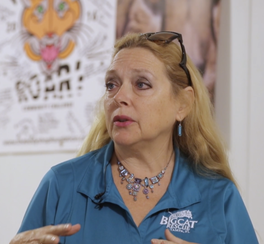 Pictured: Carole Baskin Pictured: Carole Baskin 7. Big Cat Rescue and Carole Baskin do positive work that helps conserve tigers in the wild. Big Cat Rescue is a non-exploitative sanctuary (all legitimate sanctuaries are accredited by the Global Federation of Animal Sanctuaries) which was formed as a band-aid for America’s captive tiger crisis. Their mission is to go out of business. Big Cat Rescue does not breed tigers. Instead, the tigers at Big Cat Rescue were transferred to the facility from private owners who can no longer take care of their pets. These pet tigers were likely purchased as cubs. When they are fully grown it can cost in excess of $10,000 per year to feed and care for them. Big Cat Rescue and Carole Baskin are leaders in supporting legislation that would end the unnecessary breeding and ownership of tigers in the US. 8. We don’t know where privately-owned tigers in the US go when they become unwanted or die. Not all unwanted pet tigers are lucky enough to snag a spot at a sanctuary like Big Cat Rescue. For commercial exhibitors like Joe Exotic and ‘Doc’ Antle, a tiger cub is only profitable between the ages of 8 and 12 weeks, when cubs are permitted to interact with the public. After 12 weeks, they become an expense. This is one of the reasons Joe Exotic shot five of his tigers. Tigers that are no longer wanted by breeders or owners are illegally killed, and many US states lack laws specific to the disposal of dead tigers. We have no knowledge of what happens to disposed tigers. Tiger skin and bones are valued at $20,000 and $7,000 on the illegal wildlife market, respectively. Seizures of illegally traded tigers and tiger parts around the world have increased since 2002 and America’s endless supply of legal captive tigers could potentially supply parts to this burgeoning illegal market. For example, in 2018, Arongkron Malasukum was sentenced to prison for selling and sending tiger skulls purchased in the US to Thailand. From 2015 to 2016, he exported 68 packages of tiger and lion skulls, claws, and other parts (valued over $150,000) from the US. Overall, law enforcement data to catch the leakage of legal tigers into the illegal trade is limited. The uncertainty surrounding this leakage requires us to take a precautionary approach to tiger breeding and ownership in the US. 9. Tigers are held in captivity and farmed around the world to the detriment of wild tigers. Intensive tiger breeding operations, known as tiger farms, began in China in the 1990’s. Currently, China, Thailand, Laos, and Vietnam operate tiger farms, even though there is substantial scientific evidence that this poses a risk to wild tiger populations. These tiger farms have supplied the illegal demand for tiger parts. The argument for meeting the demand for tiger parts with captive tigers is that this captive supply displaces poaching pressure from wild tigers. However, consumers of tiger derivatives, like tiger bone wine and medicinal products, prefer parts sourced from wild tigers and are willing to pay a premium price for wild-sourced products. Therefore, farming tigers undermines all efforts to conserve wild tigers by stimulating demand and poaching. America’s political negotiations that attempt to persuade other countries to regulate their tiger farms in order to reduce illegal tiger trafficking are hampered by America’s own captive tiger problem. America has the opportunity to be a global leader in phasing out captive tigers which have no benefit to wild tiger conservation, but has not done so. 10. Wild tigers have an uncertain future. Tigers have undergone massive population declines and currently occupy only 7% of their former range. The International Union for Conservation of Nature estimates that the global tiger population is 3,159, and this population is concentrated in India. Globally, the population trend of tigers is debated. Causes of the tiger’s historical and persistent decline – which include habitat loss and fragmentation, overhunting of prey, and poaching – continues today. Addressing threats to the tiger’s survival involves reducing the demand for tiger parts to ease poaching pressure, securing habitat, mitigating human-wildlife conflict, and engaging with and empowering communities who live side by side with wild tigers.  Bonus: You can do things today to stop illegitimate tiger breeding and ownership in America. First, contact your politicians and tell them you support the Big Cat Public Safety Act. Second, if you want to see a captive tiger in the US, only visit zoos or sanctuaries accredited by the AZA or Global Federation of Animal Sanctuaries. Third, spread the word and tell your friends not to visit places where cub petting is allowed in the US or abroad. Leave a comment on your friend’s Instagram picture with the drugged tiger or cub to inform them about this issue. We can all do our part to end the tiger crisis in America and improve the future for wild tigers. |
Archives
March 2024
Categories
All
|
Contact UsJackson Wild
240 S. Glenwood, Suite 102 PO Box 3940 Jackson, WY 83001 307-200-3286 info@jacksonwild.org |

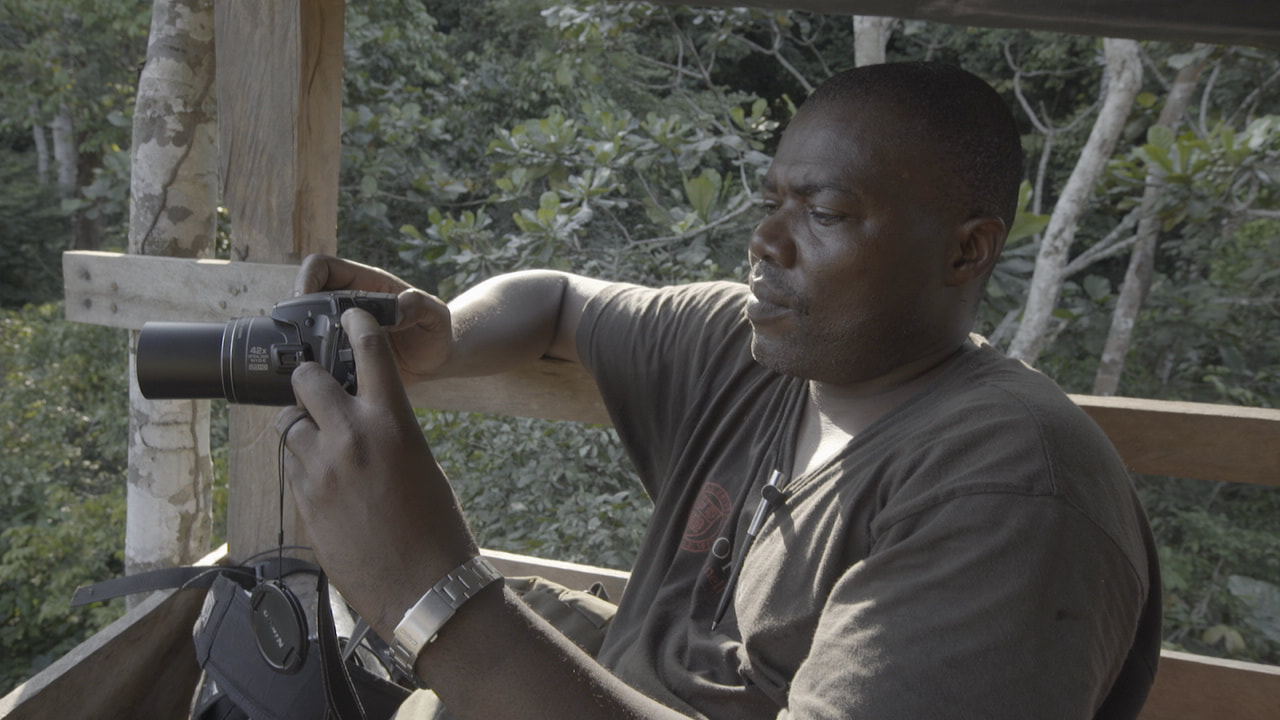


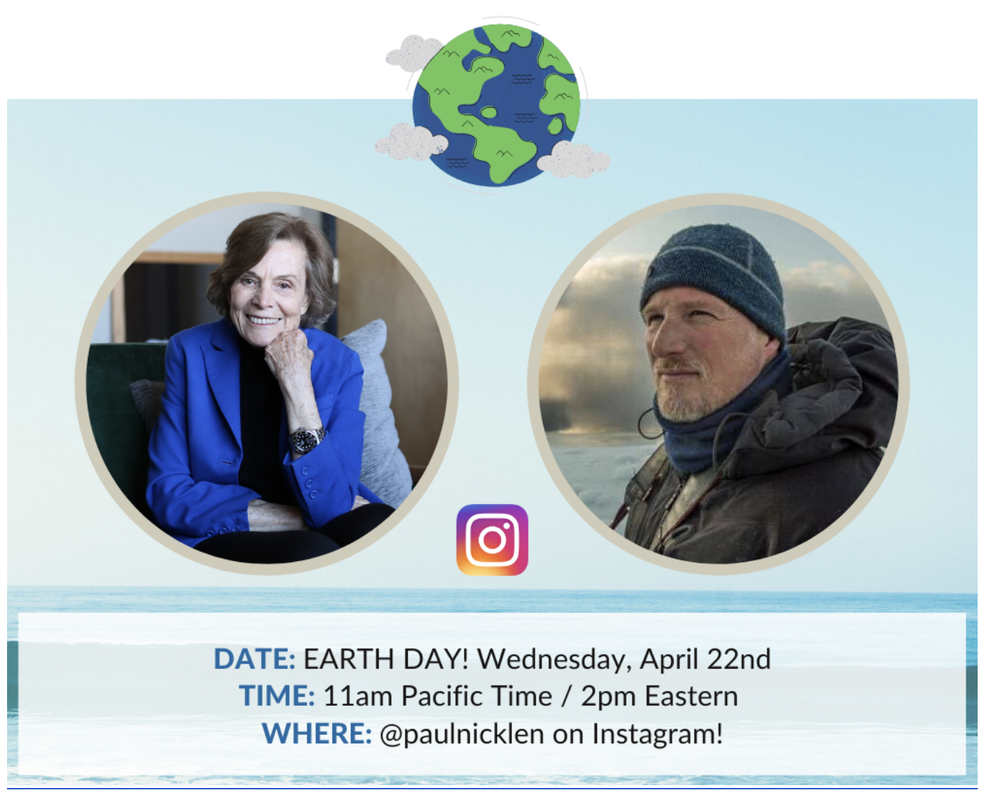
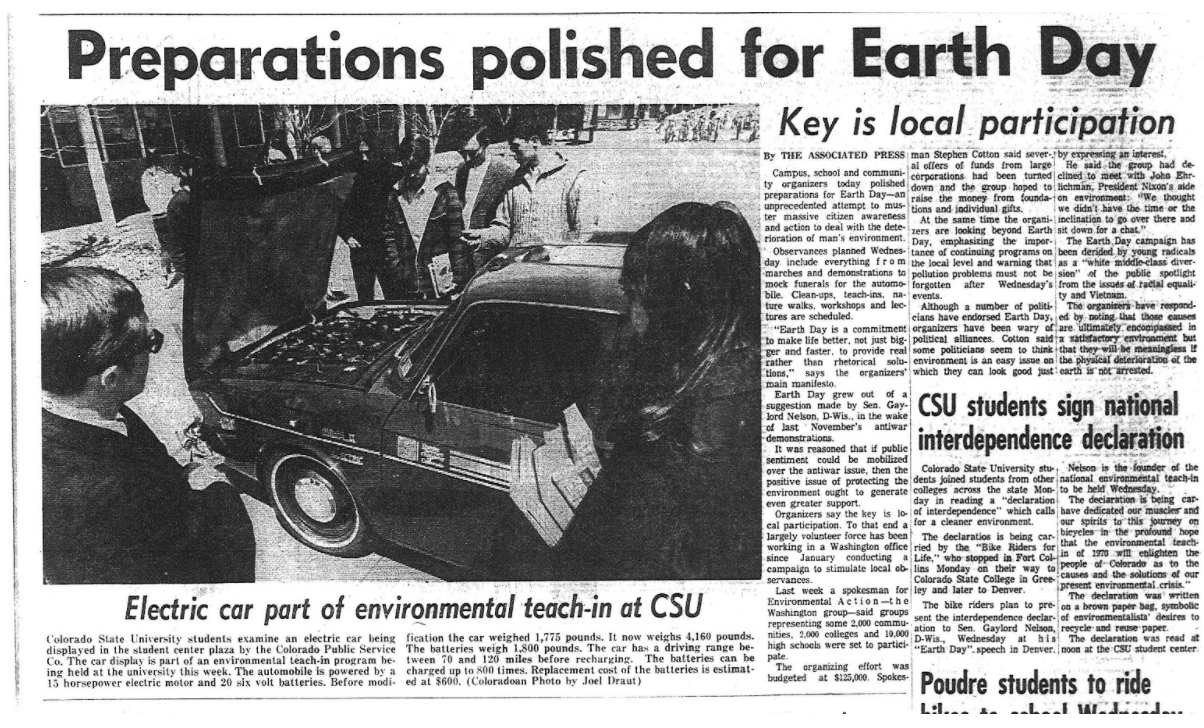


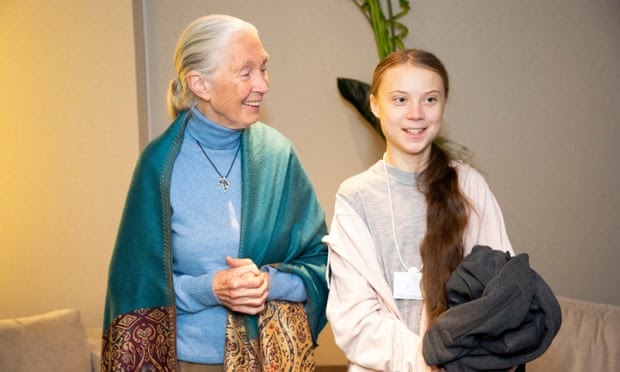
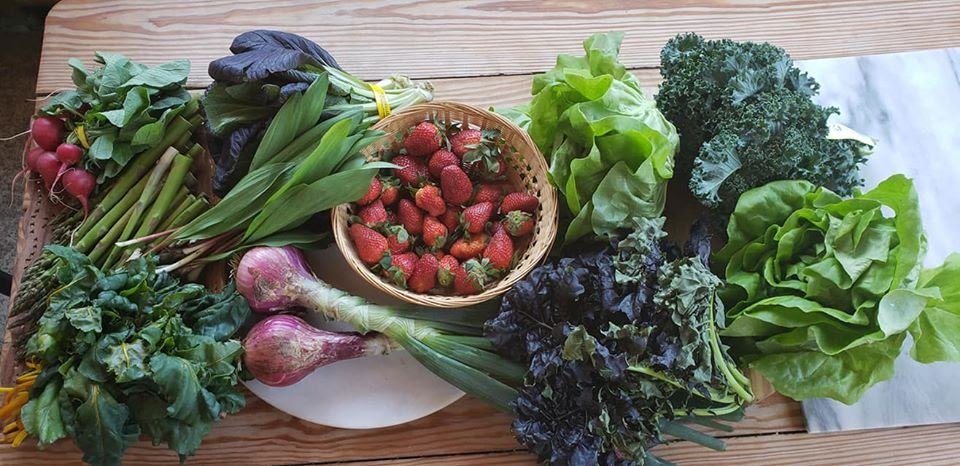

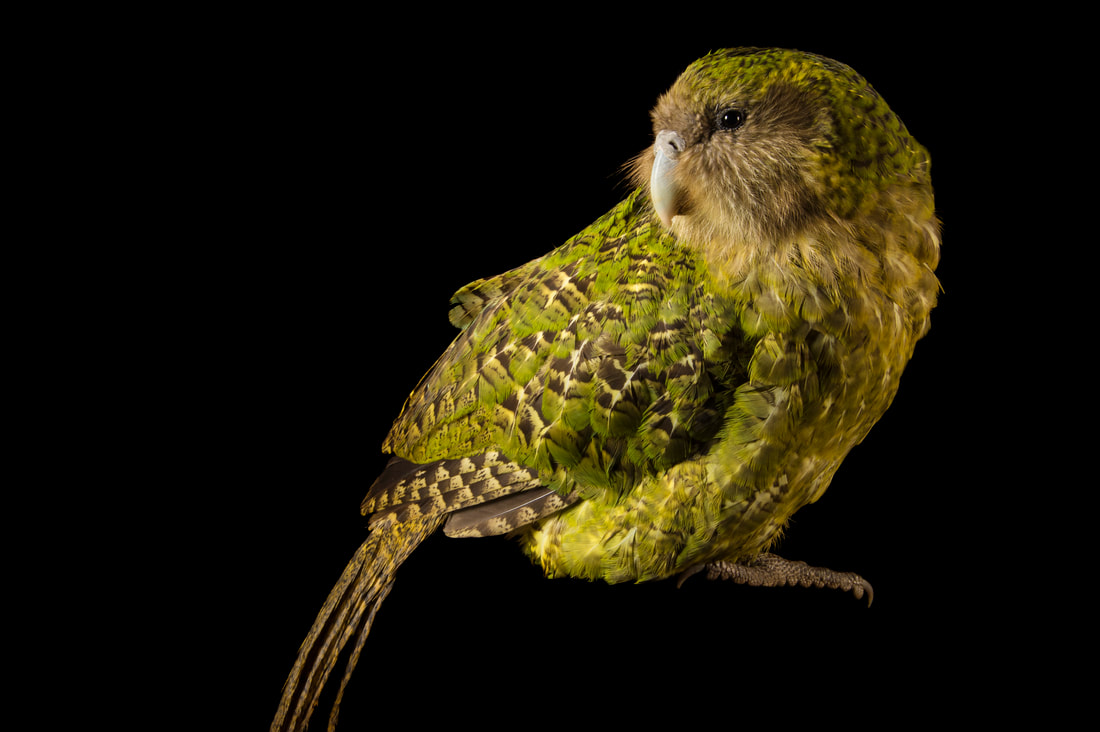
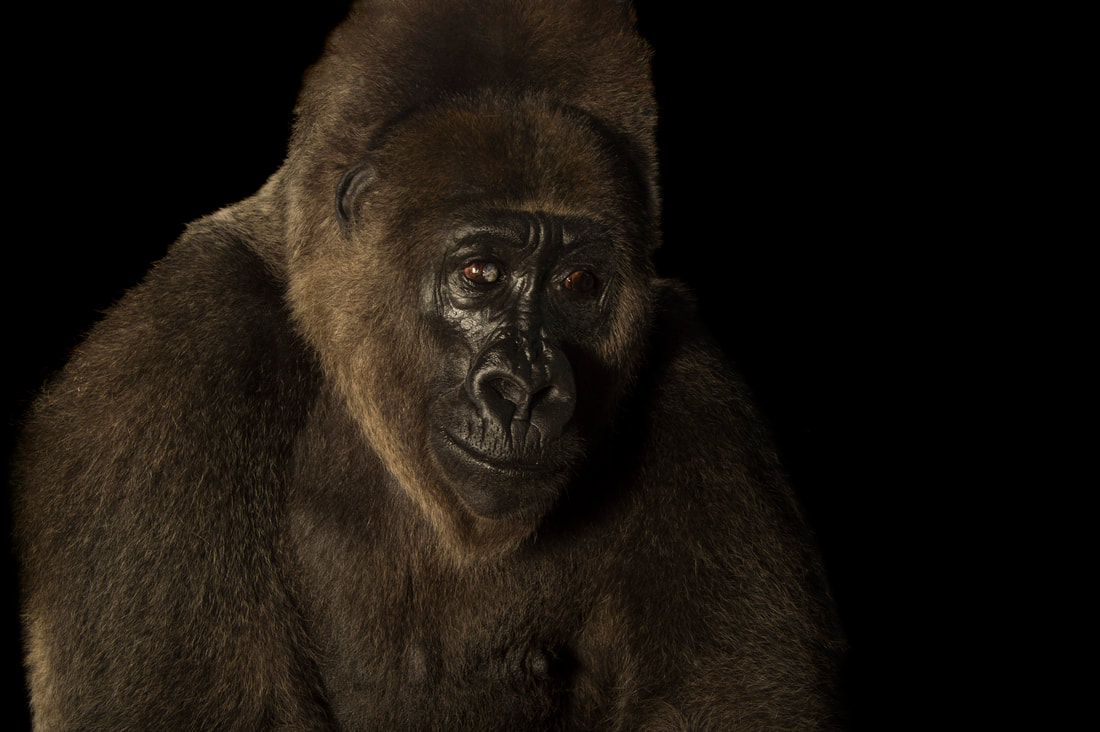
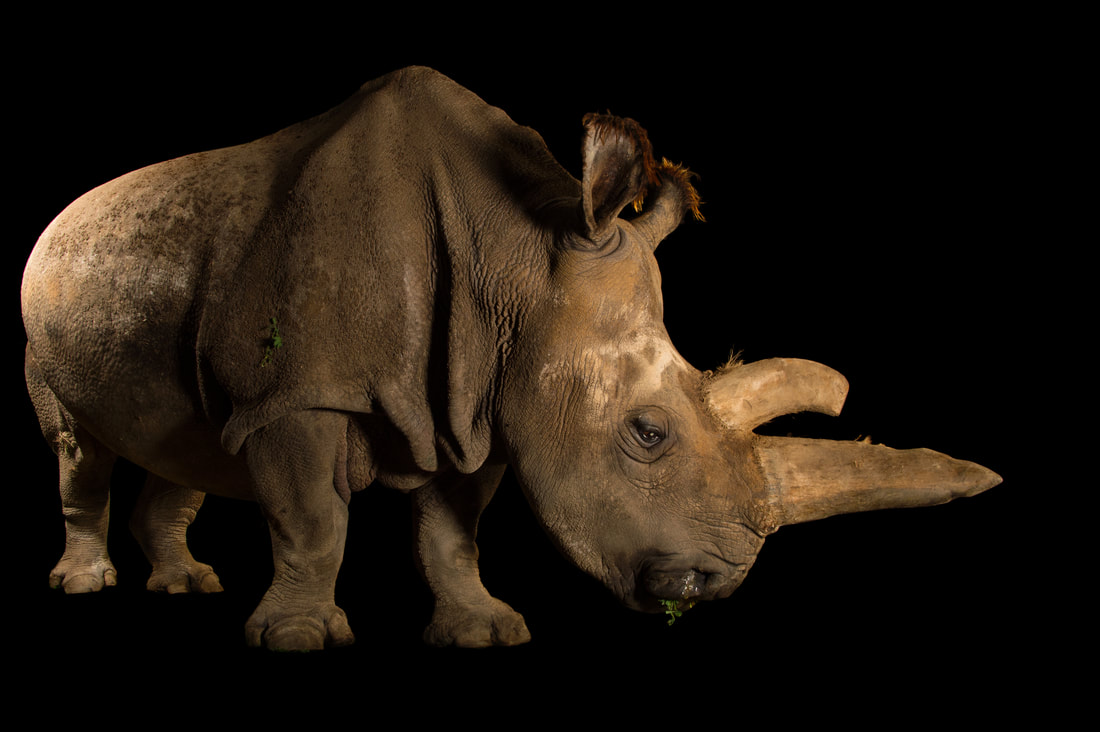
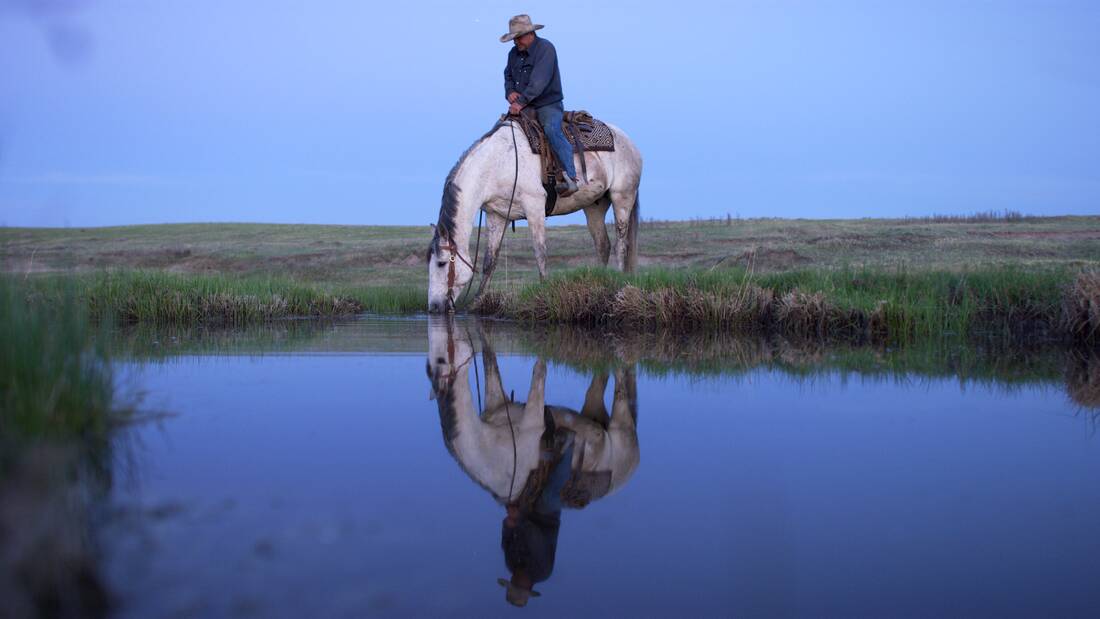
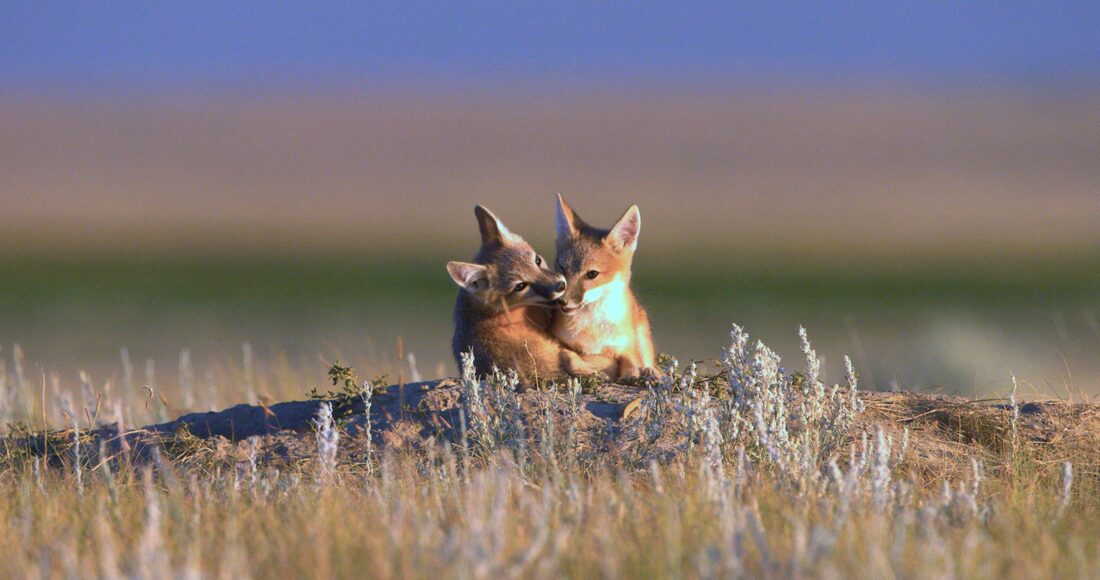
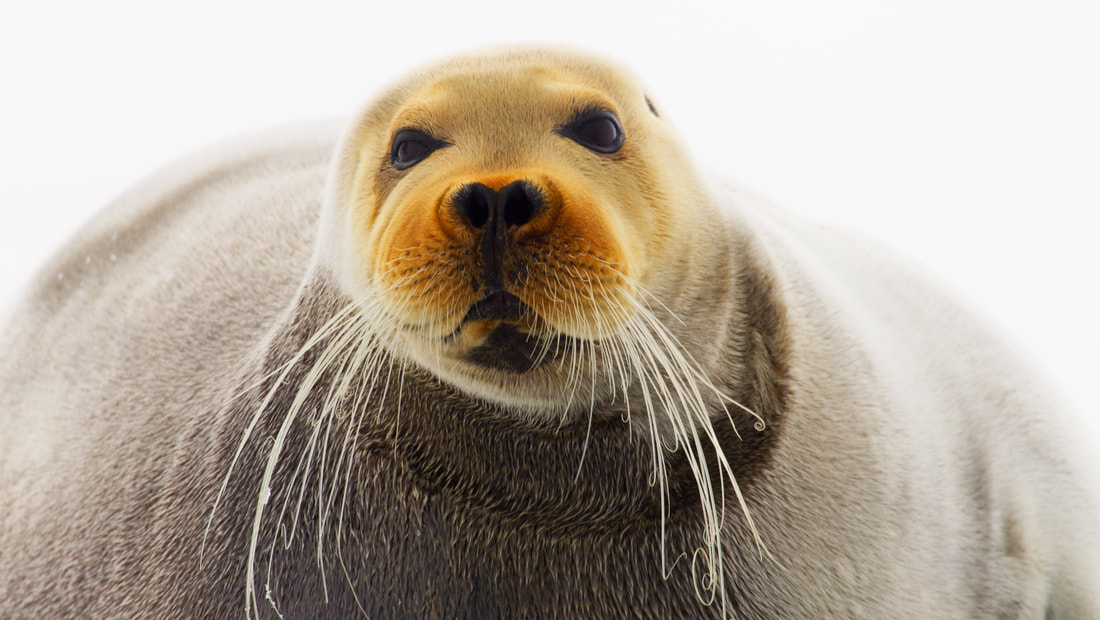
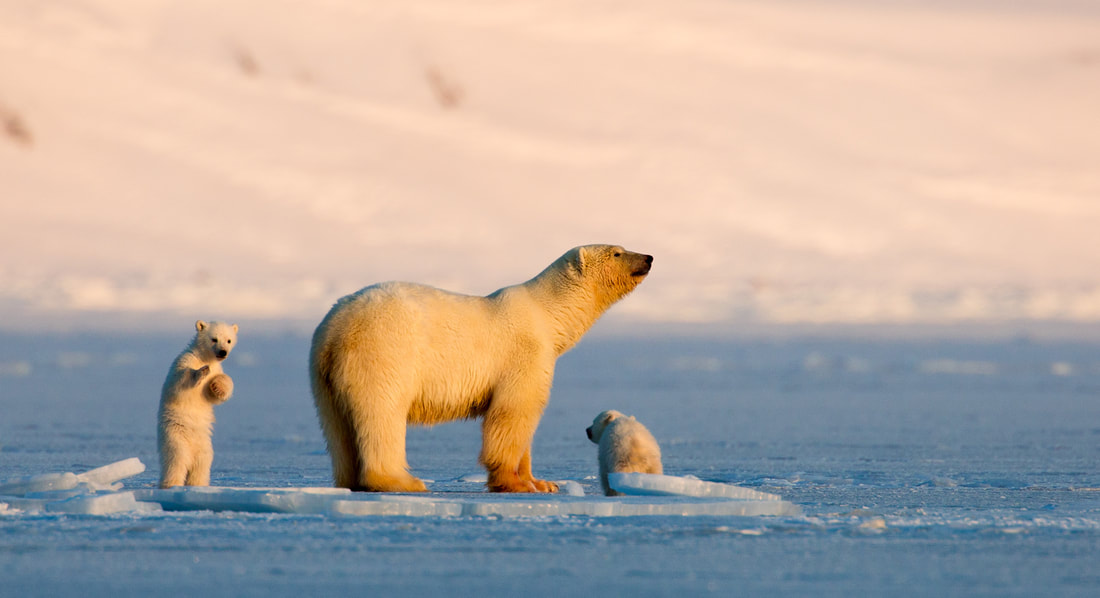
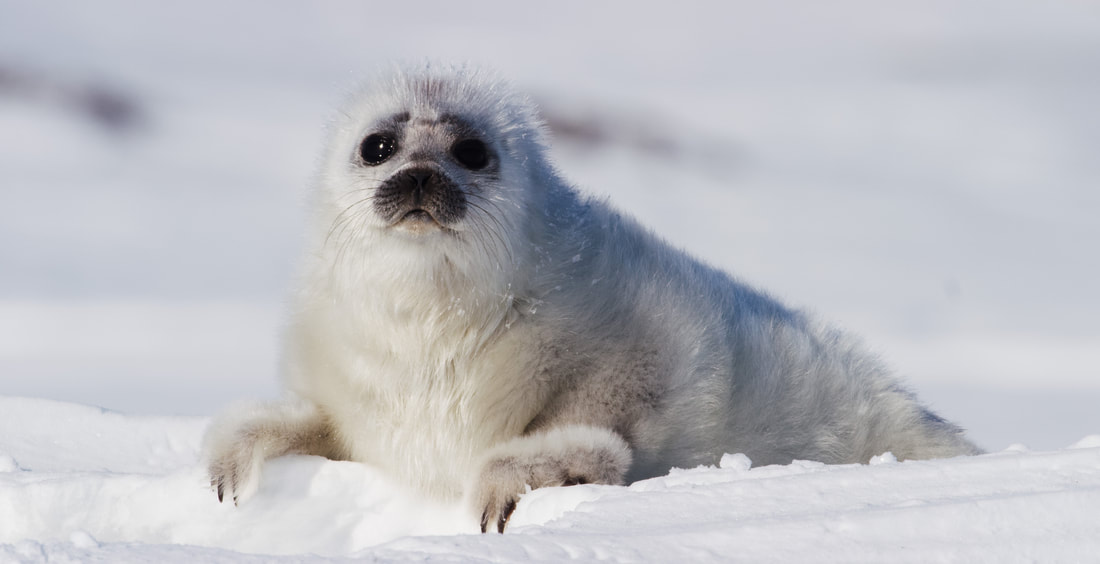
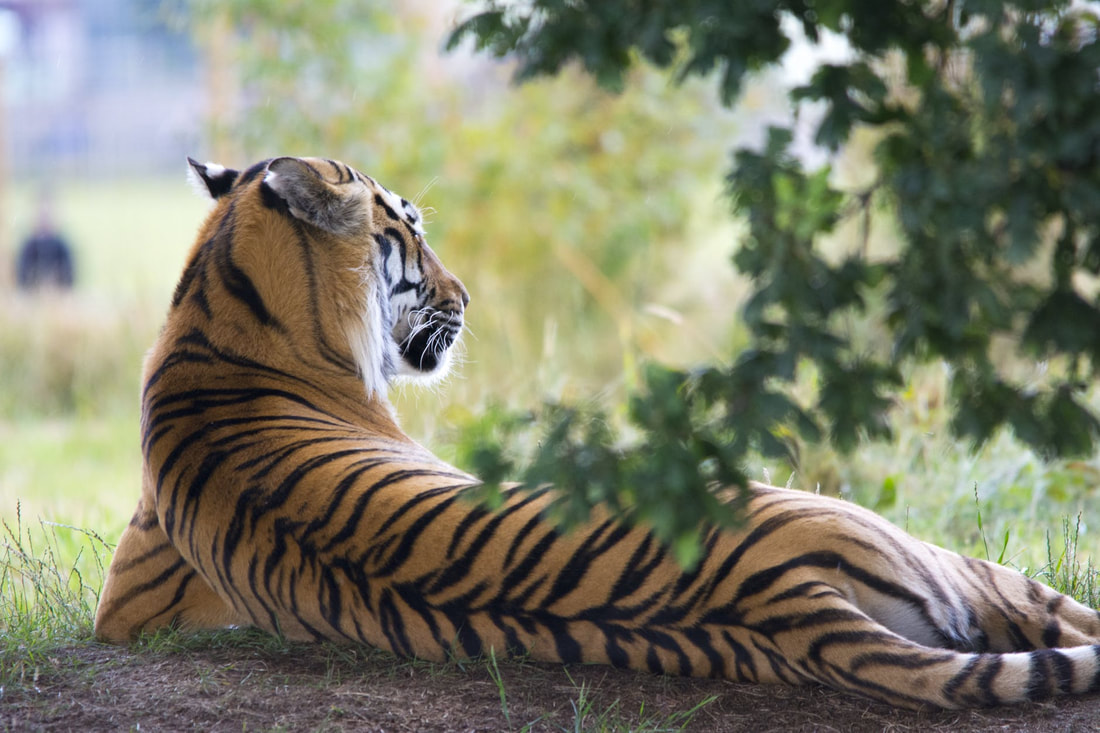
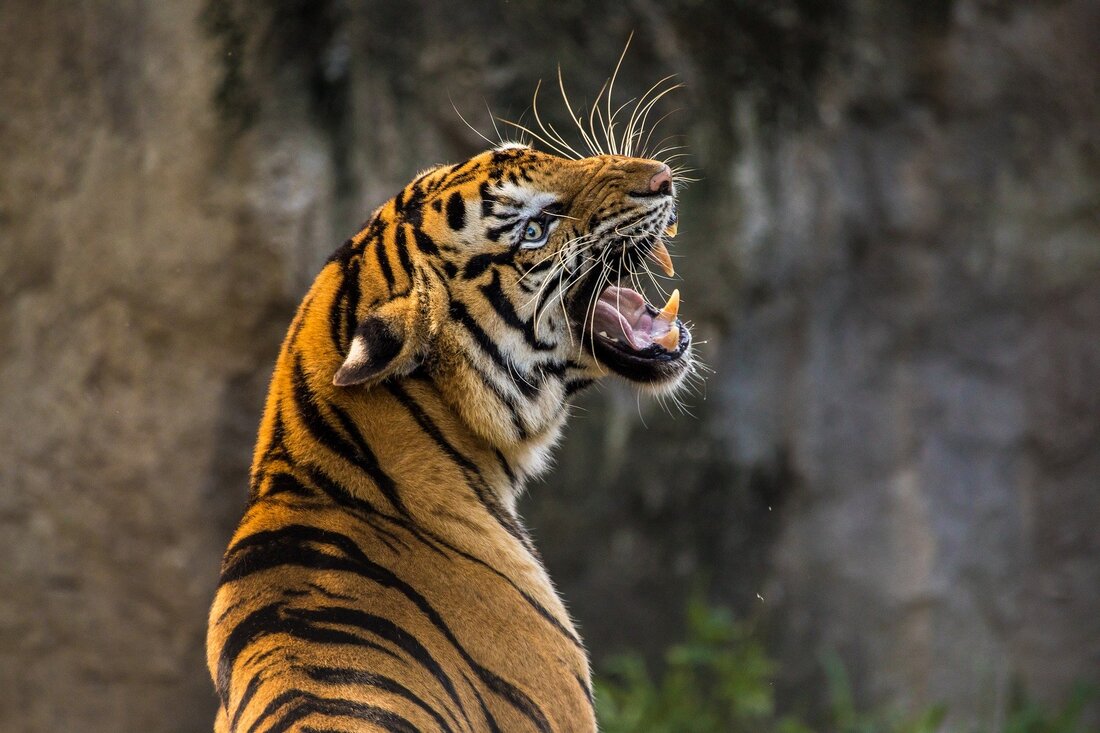
 RSS Feed
RSS Feed